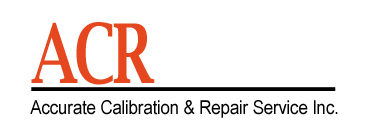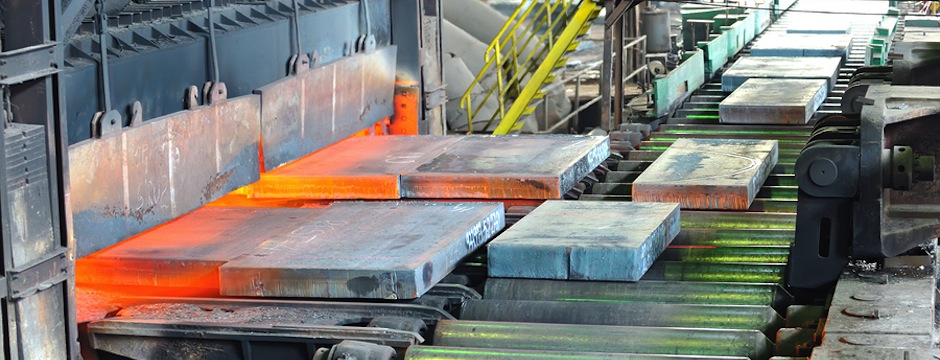Welcome to Accurate Calibration & Repair Service Inc.!
Since 1999, Accurate Calibration & Repair Service Inc. has delivered high quality calibration and repair services to the automotive, military and aerospace industry. Our company has been successful because of our extensive knowledge of equipment, standards of assurance, extreme attention to detail and untouchable customer service. Accurate Calibration & Repair Service Inc. technicians have over 40 years of combined experience within the industry and use the highest quality of equipment and technology to ensure a safe and accurate calibration each and every time.
Contact Accurate Calibration & Repair Service Inc. for 2750, Aerospace Calibration, Calibration, Furnace Repair, Industrial Furnace, Industrial Furnace Repair, Industrial Oven Repair, Instrument Calibration, Temperature Calibration, and Temperature Uniformity Survey. Proudly supporting the areas of Bridgeview, Carol Stream, Chicago, Cicero, Elk Grove Village, Franklin Park, Gary, Indianapolis, Milwaukee, Rockford, and surrounding areas.
CONTACT US TODAY TO GET A QUOTE
Contact Accurate Calibration & Repair Service Inc. for 2750 in Franklin Park, Aerospace Calibration in Franklin Park, Calibration in Franklin Park, Furnace Repair in Franklin Park, Industrial Furnace in Franklin Park, Industrial Furnace Repair in Franklin Park, Industrial Oven Repair in Franklin Park, Instrument Calibration in Franklin Park, Temperature Calibration in Franklin Park, Temperature Uniformity Survey in Franklin Park, and in surrounding areas.
Below is some general information about Franklin Park:
Franklin Park is a village in Cook County, Illinois, United States. The population was 18,333 at the 2010 census. Franklin Park has more than met the expectations of Lesser Franklin, who settled in the area in the 1890s. He envisioned an industrial center that would blend with residential neighborhoods. A century later, Franklin Park boasted over 1,200 industries and related businesses covering 60 percent of the community. Before American and European settlers first started arriving, the Des Plaines River area was a meeting point for many Native American tribes of the Northwest. In 1816 Alexander Robinson and Claude La Framboise helped negotiate the Treaty of St. Louis, establishing the Indian Boundary Line that runs through the area that is now Franklin Park and River Grove. German farmers settled in the 1840s and 1850s, fleeing military conscription. The families of Kirchhoff, Martens and Schierhorn farmed this area. By the mid-1870s the Atlantic & Pacific Railroad laid tracks and built a station on Elm Street. The Minneapolis, St. Paul, & Sault Ste Marie and the Indiana Harbor Belt Railroad followed. In the early 1890s Franklin, a real-estate broker, purchased four farms totaling 600 acres. At the railroads’ intersection he built the community’s center. He named the town Franklin Park and enticed prospective buyers with parades along LaSalle Street in Chicago. He offered free Sunday train rides to the property. A pavilion was built on Rose Street where potential customers received free food and beer, heard speeches, danced, and participated in contests. Lot sales exceeded a million dollars.
The community was incorporated on August 4, 1892, by a vote of 63 in favor and 9 against. Before the start of the 20th century, the first industry was founded. Lesser Franklin donated land for an iron foundry in 1900 and offered another parcel to the Siegel, Cooper Company to build a factory in 1905. Records from the 1923 foundry and school rosters listed the majority of workers and residents as Polish, Italian, and Slavic immigrants. World War II and a national preparedness program brought Douglas Aircraft and Buick Motors into the area. By 1948, 40 manufacturing firms called Franklin Park home. During the next decade 155 new companies were added. The Chamber of Commerce and the Northwest Suburban Manufacturing Association have continually supported the efforts of businesses. Population increased from 3,007 in 1940 to 18,322 by 1960. Town government promoted industrial development with zoning laws favoring their growth. A central alarm at the fire department gave both residents and industries access to heat- and smoke-detection systems. Water reserves provided large users with millions of gallons daily. The Franklin Park Library District is an independent library district serving a community of 19,500 in Chicago’s near west suburbs. Throughout the library’s hundred-year history, it has changed locations several times before moving into the current building in the mid-1980s. Over the years, the library’s resources have expanded to a current collection of over 150,000 volumes. In addition to books, the library currently provides access to a variety of electronic resources, DVDs, videos, books on CD and tape, and CDs, and hosts regular programs for both children and adults. The current Executive Director, as of May 2010, is Marie Saeli. The village has remained in search of land for industrial expansion. In 1990, Franklin Park annexed 65 acres (260,000 m2) and was the fourth largest industrial area in Illinois. By 2000, the population stood at 19,434 with a Hispanic population around 38 percent. Most residents were blue-collar workers employed by the complex of industries. Good location and easy access to O’Hare Airport cargo terminals, railroad freight terminals, major expressways for routing, and spur tracks accessing the rear of buildings have made Franklin Park a desirable place for industry.
Franklin Park has three Metra stations: Belmont Avenue on Metra’s North Central Service, which provides daily rail service between Antioch, Illinois and Chicago, Illinois; Franklin Park and Mannheim on the Milwaukee District/West Line which connects Chicago to Elgin, Illinois. Franklin Park is home to Grand Stand Pizza, in 2005 voted Best Thin Crust in Chicago by Fox News Chicago, A.M. Castle & Co., a leading distributor of carbon, alloy, stainless steel, cast iron, plastic, and others, with operations in North America, Europe, and Asia, and Rubicon Technology, developer of high quality sapphire substrates and optical windows that are used in LEDs, RFICs, blue laser diodes, and other optical applications, as well as AT Mechanical.
Source: Franklin Park on Wikipedia





